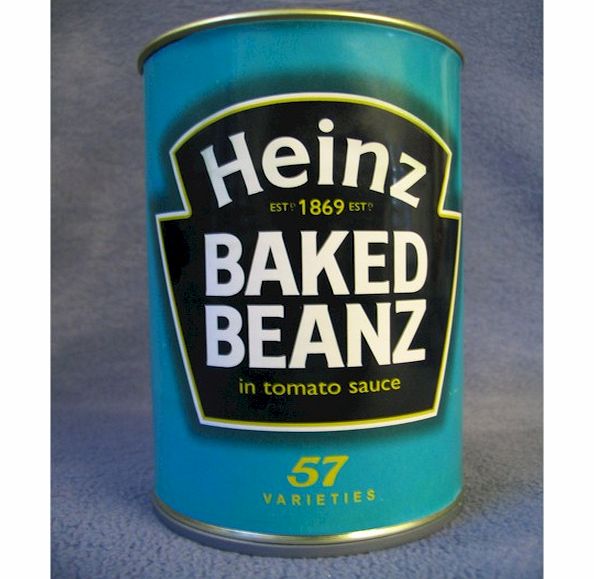Before last week, I had never really realized that we even had a National Portrait  Gallery. In fact, the only one I knew of was the spectacular institution in London, England, where I have spent many blissful hours in the Tudor and Stuart galleries. This institution is affiliated with its nextdoor neighbour the National Gallery, but not with the National Archives. By contrast, our version, an affiliate of our national library and archive, is located in an office space, barred to the public. The NPG is unique because it has an active collecting mandate that is more reminiscent of an art gallery than of an archive. It remains part of LAC because of its long history as a repository of nationally significant works, but it also actively purchases, and even commissions, new works of art and is constantly trying to challenge our traditional notions of what a 'portrait' is. And all the while, the majority of its collections and are housed in the Gatineau Preservation Centre and rarely seen by the public.
Gallery. In fact, the only one I knew of was the spectacular institution in London, England, where I have spent many blissful hours in the Tudor and Stuart galleries. This institution is affiliated with its nextdoor neighbour the National Gallery, but not with the National Archives. By contrast, our version, an affiliate of our national library and archive, is located in an office space, barred to the public. The NPG is unique because it has an active collecting mandate that is more reminiscent of an art gallery than of an archive. It remains part of LAC because of its long history as a repository of nationally significant works, but it also actively purchases, and even commissions, new works of art and is constantly trying to challenge our traditional notions of what a 'portrait' is. And all the while, the majority of its collections and are housed in the Gatineau Preservation Centre and rarely seen by the public.
 Gallery. In fact, the only one I knew of was the spectacular institution in London, England, where I have spent many blissful hours in the Tudor and Stuart galleries. This institution is affiliated with its nextdoor neighbour the National Gallery, but not with the National Archives. By contrast, our version, an affiliate of our national library and archive, is located in an office space, barred to the public. The NPG is unique because it has an active collecting mandate that is more reminiscent of an art gallery than of an archive. It remains part of LAC because of its long history as a repository of nationally significant works, but it also actively purchases, and even commissions, new works of art and is constantly trying to challenge our traditional notions of what a 'portrait' is. And all the while, the majority of its collections and are housed in the Gatineau Preservation Centre and rarely seen by the public.
Gallery. In fact, the only one I knew of was the spectacular institution in London, England, where I have spent many blissful hours in the Tudor and Stuart galleries. This institution is affiliated with its nextdoor neighbour the National Gallery, but not with the National Archives. By contrast, our version, an affiliate of our national library and archive, is located in an office space, barred to the public. The NPG is unique because it has an active collecting mandate that is more reminiscent of an art gallery than of an archive. It remains part of LAC because of its long history as a repository of nationally significant works, but it also actively purchases, and even commissions, new works of art and is constantly trying to challenge our traditional notions of what a 'portrait' is. And all the while, the majority of its collections and are housed in the Gatineau Preservation Centre and rarely seen by the public.Currently, there is a movement afoot to set up the National Portait Gallery as our newest national museum (joining the likes of the Canadian Museum of Civilization), but things are complicated. Cities across Canada have been invited to compete for the privilege of hosting the institution. This has opened up a floodgate of controversy. What would it mean for a national institution to be in Calgary or Halifax instead of in Ottawa? How will we pay for it? (This is designed to be a public-private partnership, so the chosen city would have to foot part of the bill). What are the financial repercussions of physically moving the collection, which includes many old and valuable works? This topic has been hotly debated between those who believe that the costs of setting up the museum outside of Ottawa outweigh the benefits, and those who champion the idea that national institutions should be located across out nation, and not centred in our capital.
I haven't figured out exactly how I feel about these questions, but they are interesting ones, and
I'll be sure to follow the debate as it unfolds. Still, wherever it ends up, I look forward to being able to see this beautiful collection the way it was meant to be seen -- in a museum, open to the public, and not in a small and crowded storage facility.
Image courtesy of http://www.portraits.gc.ca/. Part of NPG's collection, it is an image of Japanese-Canadians being relocated to camps in BC in 1942 and was taken by an unknown artist.









